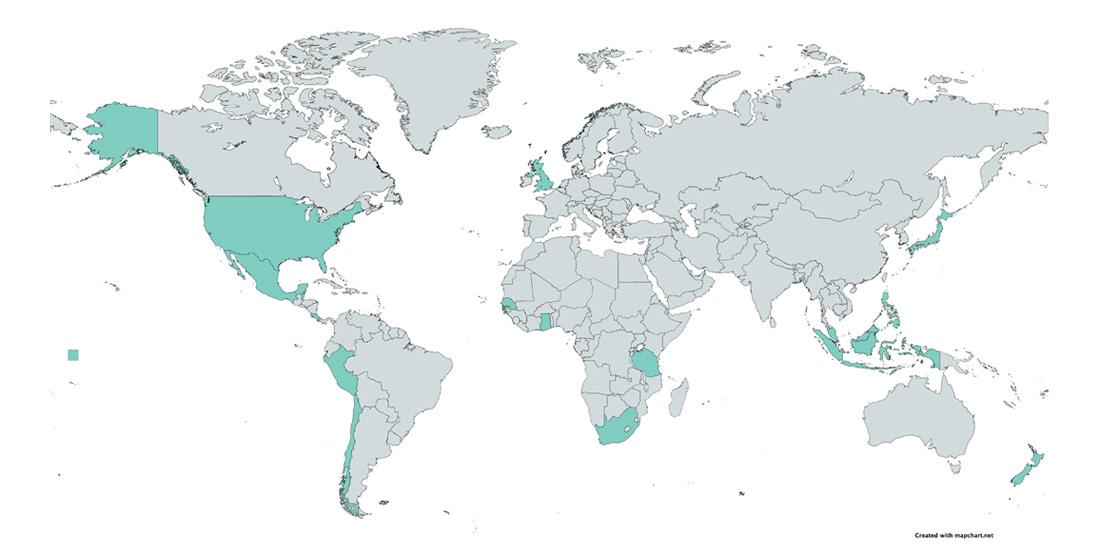Comprehensive Traceability Principles
About the Principles
Governments around the world are increasingly recognizing the importance of more transparent seafood supply chains. One potential tool governments and private industry have leveraged to create more transparency is the digital tracking of seafood products as they move throughout the supply chain.
The practice of digitally collecting, sharing, and tracking verifiable information about the harvesting, processing, and transportation of seafood products is electronic catch documentation and traceability (eCDT). Data from the harvest and movement of products—when captured and shared electronically—facilitate a quicker exchange of information and enable broader use of this data and more thorough verification by governments and within supply chains.
Using ecological, social, and economic data that accompany seafood products, governments can strengthen the effectiveness of fisheries management, support legal and equitable work conditions for seafood laborers, and identify and prevent illegal and mislabeled products from entering domestic or international supply chains and markets. A seafood traceability program that is comprehensive means it uses captured data to take advantage of those three potential benefits: ecological, social, and economic.
SALT consulted with its seafood traceability community to seek guidance and expertise on how to use traceability data more effectively to achieve comprehensive benefits. For over a year, SALT worked with 35 experts from across the globe—including governments, certification bodies, and processors—to create basic comprehensive electronic traceability principles for seafood, and a detailed pathway to implement them.

These represent the best practices that governments in seafood producing countries should consider when designing, implementing, or improving electronic traceability programs. Ultimately, these guidelines aim to support government programs to achieve the full potential of comprehensive eCDT.
The Principles and Pathway were originally created to support governments of seafood producing countries in creating eCDT programs that benefit all seafood supply chain stakeholders. However, much of the guidance is relevant to other traceability practitioners working within or in development of an eCDT program. Whether you are an industry group advocating for government support of a national traceability system, an NGO implementer supporting the design of an eCDT program, or a consultant looking for guidance to support your clients’ traceability needs, this resource is for you.
If interested in applying these principles to your work, FishWise can help. Reach out to us at SALT@fishwise.org.
Comprehensive eCDT principles FAQs
The Principles and Pathway were originally created to support governments of seafood producing countries in creating eCDT programs that benefit all seafood supply chain stakeholders. However, much of the guidance is relevant to other traceability practitioners working within or in development of an eCDT program. Whether you are an industry group advocating for government support of a national traceability system, an NGO implementer supporting the design of an eCDT program, or a consultant looking for guidance to support your clients’ traceability needs, this resource is for you.
The practice of digitally collecting, sharing, and tracking verifiable information about the harvesting, processing, and transportation of seafood products is electronic catch documentation and traceability (eCDT). Data from the harvest and movement of products–when captured and shared electronically–facilitate a quicker exchange of information, and enable broader use and more thorough verification by governments and within supply chains.
Using ecological, social, and economic data collected via eCDT, governments can strengthen the effectiveness of fisheries management, support legal and equitable human welfare conditions for seafood laborers, and identify and prevent illegal, unreported, and unregulated (IUU) and mislabeled products from entering domestic and international markets. Using data captured from eCDT programs to support ecological, social, and economic objectives is considered a ‘comprehensive’ approach.
There are currently no widely socialized or accepted guidelines that distill and synthesize identified best practices for implementing electronic traceability programs. Groups around the world have developed traceability criteria and recommendations, which can be found in various case studies, reports, and presentations—but no one document synthesizes them all. As a result, those designing or carrying out an electronic traceability program do not have reliable guidance to draw upon. Thus, the resulting program may not be interoperable or realize the full potential ecological, social, and economic benefits of electronic traceability. Consequently, SALT and the greater seafood community have recognized a need for shared guidance that identifies the minimum level of best practice for the design and implementation of electronic traceability programs that are comprehensive, in that they address ecological, social, and economic goals.
These Principles will help encourage the design and implementation of electronic catch documentation and traceability programs that are interoperable, effective, and comprehensive. SALT intends to support groups putting these Principles into practice by hosting relevant learning sessions, connecting experts to advise, and filling knowledge gaps. If you are interested in incorporating the Principles into your work, please reach out to us at SALT@fishwise.org.
A number of products (such as the FAO guidance, WEST principles, and United States Agency for International Development’s resources) in existence identify best practices for certain methods of harvest, regions, or topics related to either labor rights or legal harvest. However, there is no one document that incorporates them all. SALT conducted a thorough review of these resources to combine overarching themes and identify best practices and gaps addressed relating to the three goals of a comprehensive (ecological, social, and economic benefits) traceability program for seafood. These existing guidance significantly informed the creation of the Comprehensive Principles and are referenced throughout the Pathway.
No, there is no assigned priority or order to the Principles. They are intended to be flexible, overarching, and to extend throughout all phases of implementing an electronic traceability program. The Pathway to the Principles provides sequential steps on how one may implement the Principles as they progress in administering a comprehensive traceability program.
The Principles and Pathway are both “living,” in that they will be updated, altered, and improved when necessary. Based on feedback from the seafood community and from stakeholders applying the Principles to their work, we launched version 2.0 of the Principles and Pathway in 2023. We will continue to identify and incorporate relevant resources for the Pathway to support implementation whenever possible. If you know of a resource that you’d like included in this guidance or feedback you’d like to share, please contact us at salt@fishwise.org.
SALT conductedd a thorough landscape review and created the Principles Consultative Committee, which was made up of 35 stakeholders from 18 countries. The committee provided feedback and participated in key design conversations to ensure the product was relevant and useful. For version 2.0 of the Principles, FishWise staff enlisted feedback from application case studies, NGO users, and members of the former Consultative Committee to refine the guidance, pathway actions, and resources so they remained current and relevant.
FishWise can provide technical assistance by guiding you through the Pathway given your specific context, help you design a comprehensive traceability strategy or due diligence plan, or direct you to the most relevant resource and tools. Contact us at SALT@fishwise.org.
We’d love to hear from you. Contact us at SALT@fishwise.org.
